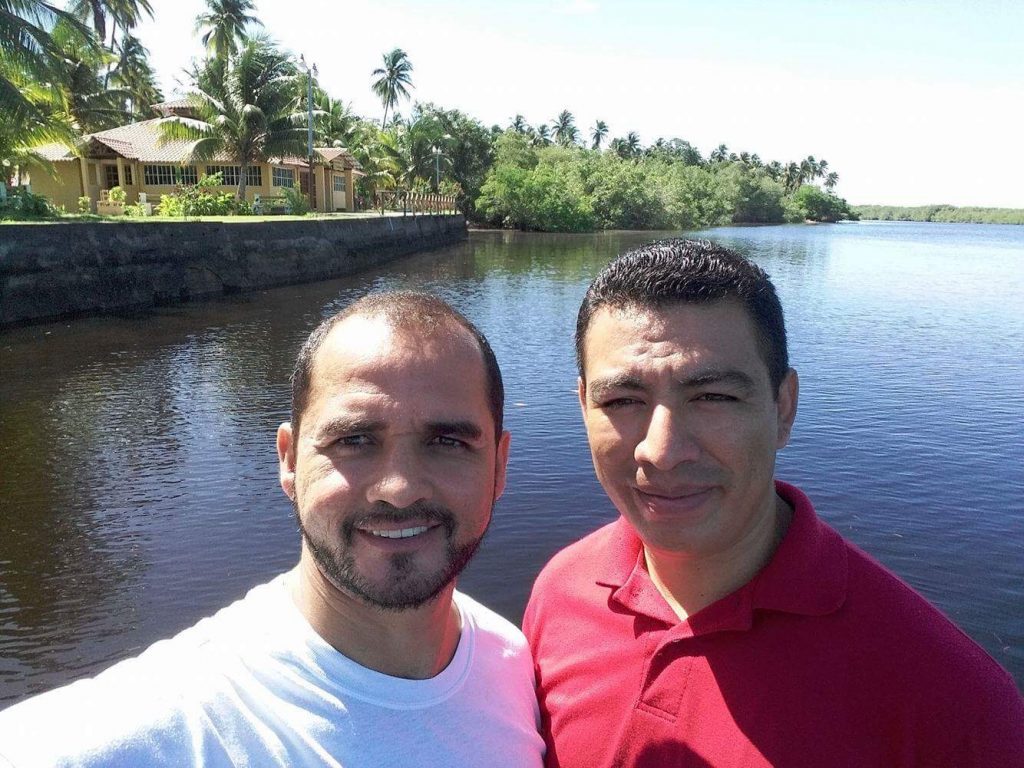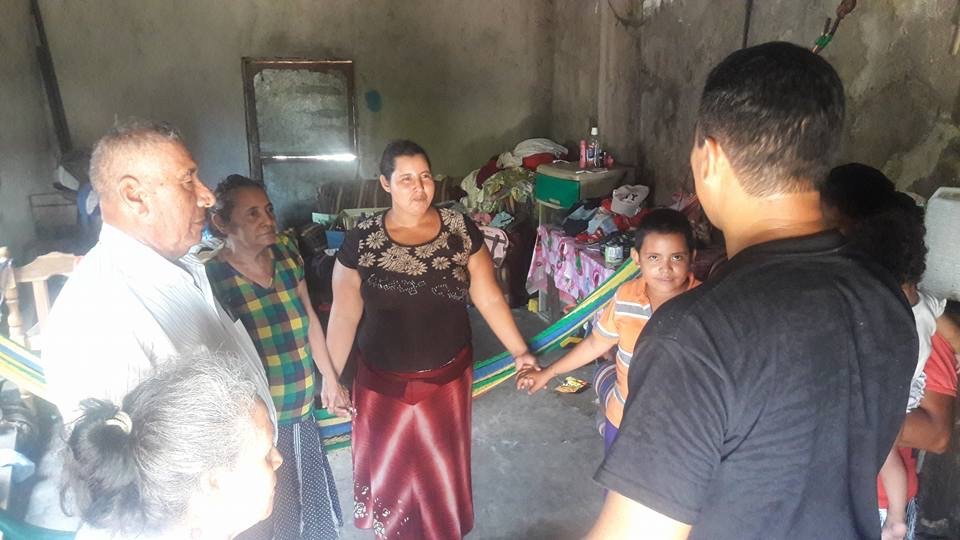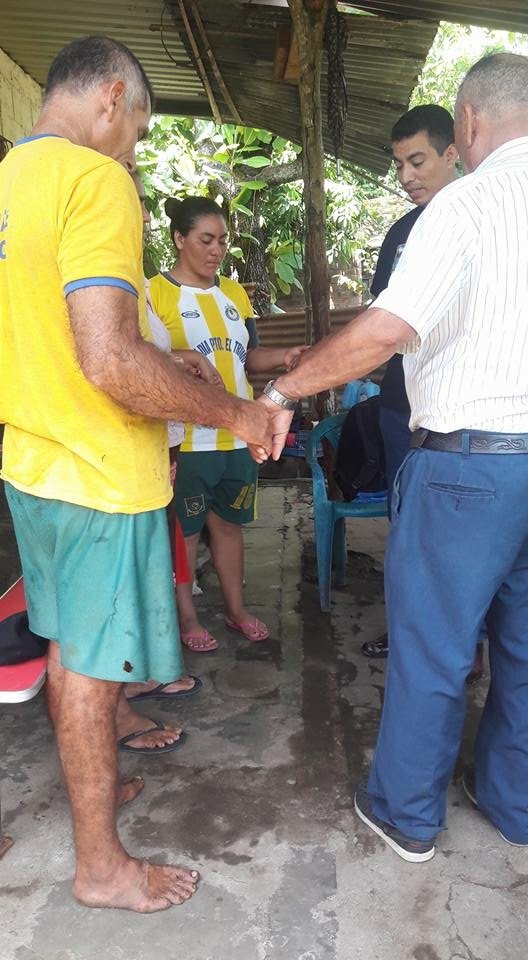The island is one of 27 islands in the Bahía de Jiquilisco, en Usulután. The area is known for its extensive coconut plantations. Thanks to this, since 1970, there has been a cooperative for the extraction of the oil of the coconut. This has developed into the primary employment of the people. However, because of poor administration, the cooperative changed personnel and they had work for several weeks in the coconut orchards. Because of debt, the salaries of the workers are not sufficient. Yet the people continue working, confident that eventually the salaries will improve and they will be able to move ahead with their families. However, the daily workers are only paid four dollars (US) for a day’s work. But some had already worked six weeks with no payment.
There are also businesses between the families: there are sellers walking around, small stores selling groceries, and some places for the sale of food such as tortillas, pupusas, tamales, lunches, and fried bananas. The people also receive some money from relatives who are living in the United States in order to be able to live on the island.
To arrive at the island requires a 20 minute boat ride across the sea from the Port of Triunfo. Our men were accompanies by Fr. Amílcar, a diocesan priest and pastor of the parish of Nuestra Señora de Fátima. Because of its geographic position, travel to and from the island is dependent on the tides. After the ride, the change of perspective is notable, since this was the first experience of the island. The area is mostly non-Catholic since little attention has been given to the Catholic population in recent years. Yet many of the people remain firm in their Catholic faith, following what their parents taught them.
The experience of living with these people was very enriching. They are full of spirit and enthusiasm, strengthened by that spirit which increases in order to make the Kingdom of God more present in our world.
The people gather in the churches, two of which are Protestant and one of which is Catholic. The majority of the Catholics are adults. During the Carmelites’ visit, they visited the families during the mornings. After introducing themselves to the people, they shared some of the reality of life on the island. The visits concluded with reading the Gospel for that day’s Mass and shared prayer for their needs.
In the community, Cecilio was dedicated to visiting the sick regardless of their religion. One morning, he and Oscar went to visit a Evangelical woman who was laying in bed following an operation. “For me, it was a pleasant experience to be able to pray along with this woman, who showed a strong faith in Jesus. She was very grateful for our visit,” said Oscar.
Another morning, they visited an elderly woman who lives alone in a simple, humble home. When they arrived, she received them with a lot of joy. “While being with her, I was astonished at her witness of faith and her conviction of being Catholic and her feeling proud to have raised her children. One child studied for a Masters degree, and this lady was able to pay for these studies, although it required great effort,” related Oscar.
The love of God was manifest in these poor people who are stripped of the little that they have in order to share it with those who announce the Word of God. “I encountered a treasure of life and human dignity from those who are abandoned and not taken into account by either the political or religious, yet who are the privileged ones of Jesus, where the Reign of God is manifested.”





